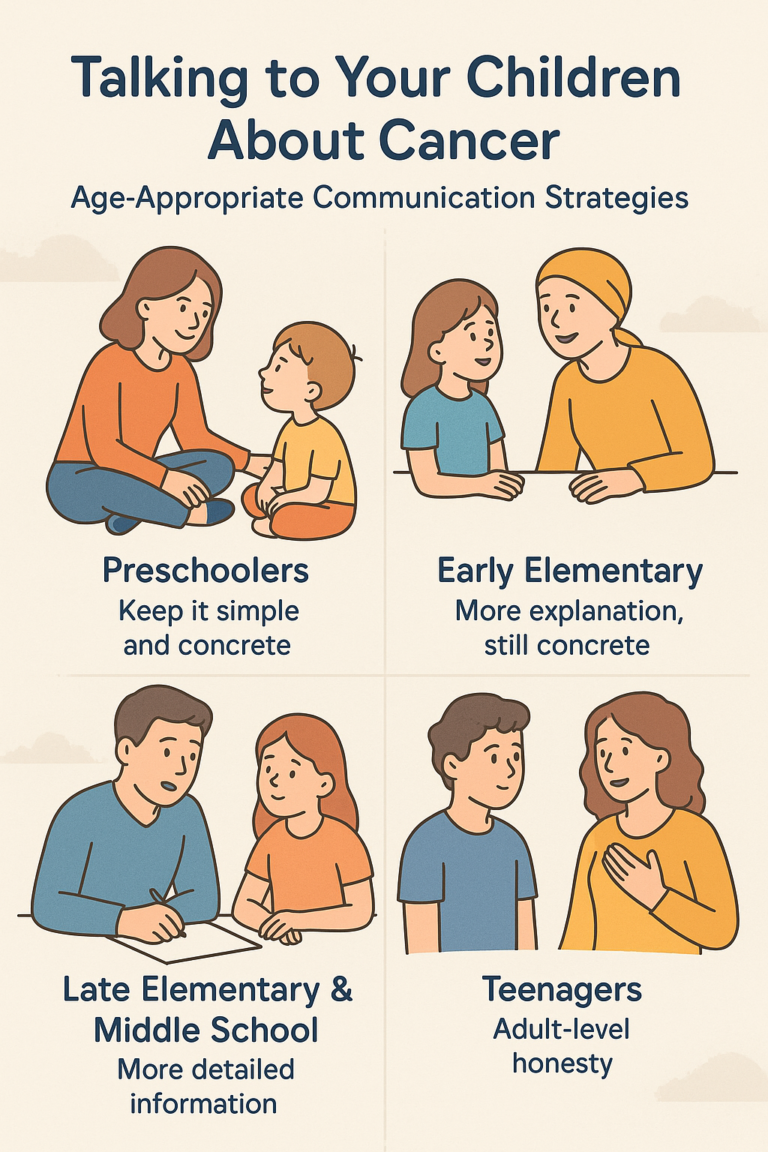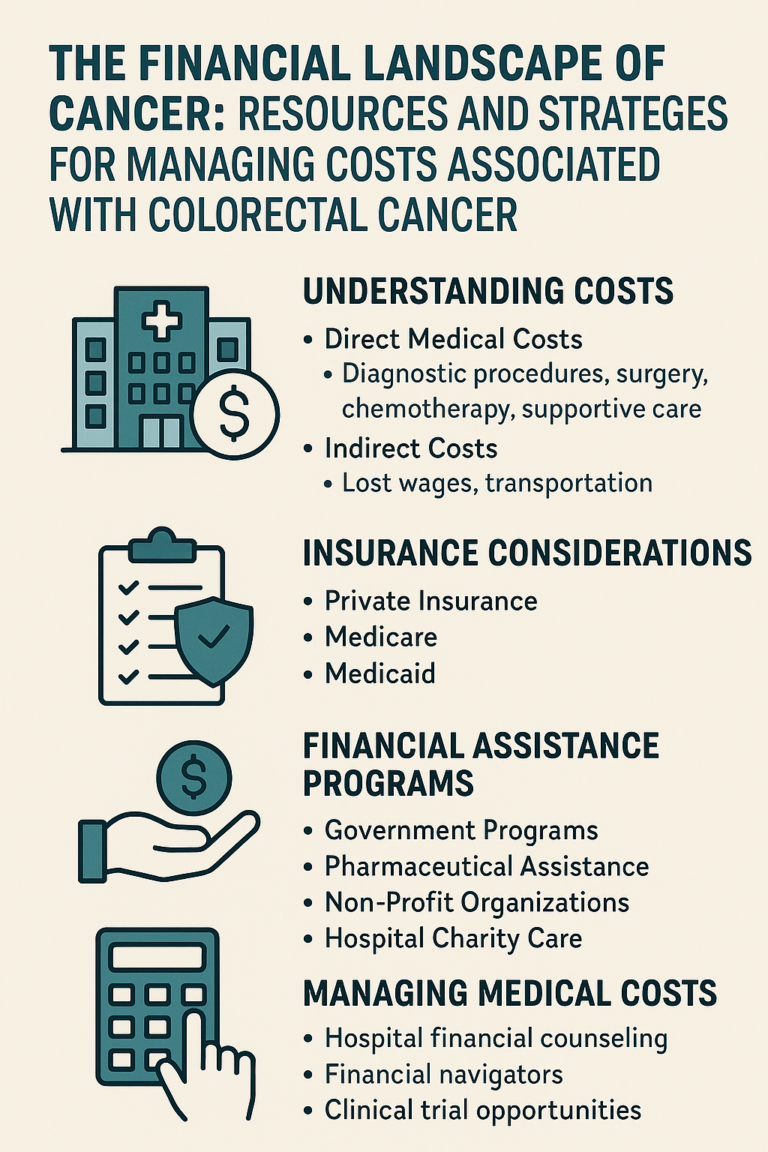Book Appointment Now

Medications and Oncological Treatments: Updated Guide for March 2025
Introduction
A cancer diagnosis can feel overwhelming, but the good news is that treatment options are more advanced and effective than ever before. Thanks to continuous research and medical breakthroughs, doctors now have access to better-targeted therapies, fewer side effects, and more personalized treatment plans.
Whether it’s chemotherapy, immunotherapy, targeted therapy, or radiation, today’s oncological treatments are designed to not only fight cancer, but also help patients maintain a better quality of life during and after treatment. In recent years, precision medicine has transformed the way cancer is treated, allowing doctors to tailor therapies to each patient’s unique genetic profile. This updated guide for March 2025 explores some of the most widely used cancer treatments, the latest medications, and promising innovations in oncology. Whether you’re seeking information for yourself or a loved one, understanding these options can help you make informed decisions and feel more in control of the journey ahead.
💊 Chemotherapy: The Most Commonly Used Cancer Drugs
It is important to note that the use of these medications may vary depending on the patient’s specific medical protocol and the recommendations of their oncologist. Treatment plans are highly individualized, and the choice of therapy is based on factors such as cancer type, stage, genetic profile, and overall health.
Chemotherapy works by destroying rapidly dividing cancer cells.
🔹 Platinum-Based Drugs:
- Cisplatin – Lung, ovarian, testicular, bladder cancer.
- Carboplatin – Ovarian, lung, and testicular cancer.
- Oxaliplatin – Colorectal cancer.
🔹 Taxanes (Microtubule Inhibitors):
- Paclitaxel (Taxol) – Breast, ovarian, lung cancer.
- Docetaxel (Taxotere) – Prostate, breast, and lung cancer.
- Cabazitaxel (Jevtana) – Advanced prostate cancer.
🔹 Topoisomerase Inhibitors:
- Irinotecan (Camptosar) – Colorectal cancer.
- Etoposide (VP-16) – Lung cancer, testicular cancer.
- Topotecan – Ovarian and small cell lung cancer.
🔹 Antimetabolites (DNA Synthesis Inhibitors):
- Methotrexate – Leukemia, lymphoma, breast cancer.
- Fluorouracil (5-FU) – Colorectal, breast, stomach cancers.
- Capecitabine (Xeloda) – Breast, colorectal cancer.
- Gemcitabine (Gemzar) – Pancreatic, lung, bladder cancer.
🔹 Alkylating Agents:
- Cyclophosphamide – Lymphoma, breast, ovarian cancer.
- Ifosfamide – Sarcomas, testicular cancer.
- Melphalan – Multiple myeloma.
💡 New in 2025: Nanoparticle-based chemotherapy delivers drugs more precisely to tumors, reducing side effects.

Key Notes:
- Nanoparticle-based chemotherapy (2025 Update):
Reduces systemic side effects but may still cause allergic reactions. Currently in clinical trials. - General Limitations:
- All chemotherapies carry risks of bone marrow suppression and infection.
- Side effects vary by patient and treatment regimen.

⚠️ Side Effects and Treatment Limitations
- Common side effects: Nausea, fatigue, hair loss, weakened immunity.
- Long-term risks: Organ toxicity (e.g., kidney damage with cisplatin), nerve damage.
- Limitations: Nanoparticle-based delivery reduces side effects but may still cause allergic reactions.
🔬Immunotherapy: Boosting the Body’s Natural Defenses
Immunotherapy helps the immune system recognize and attack cancer cells more effectively.
🔹 PD-1/PD-L1 Checkpoint Inhibitors:
- Pembrolizumab (Keytruda) – Lung, melanoma, bladder, breast cancer.
- Nivolumab (Opdivo) – Lung, kidney, melanoma, Hodgkin lymphoma.
- Atezolizumab (Tecentriq) – Lung, bladder, breast cancer.
- Durvalumab (Imfinzi) – Lung cancer.
🔹 CTLA-4 Inhibitors:
- Ipilimumab (Yervoy) – Melanoma, lung cancer.
🔹 Cancer Vaccines:
- Sipuleucel-T (Provenge) – Prostate cancer.
- PROSTVAC – Experimental prostate cancer vaccine.
🔹 Cytokine Therapy (Boosting Immune Cells):
- Interleukin-2 (Aldesleukin) – Kidney cancer, melanoma.
- Interferon-alpha – Leukemia, lymphoma, melanoma.
💡 New in 2025: Next-generation cancer vaccines are in clinical trials to improve immunotherapy response.
⚠️ Side Effects and Treatment Limitations
- Immune-related adverse events (irAEs): Colitis, pneumonitis, thyroid dysfunction. Severe reactions (e.g., cytokine storms) require urgent care.
- Limitations: Only effective in patients with specific biomarkers (e.g., PD-L1 expression).
🎯Targeted Therapy: Precision Medicine for Cancer
Targeted therapies focus on specific genetic mutations that fuel cancer growth.
🔹 Tyrosine Kinase Inhibitors (TKIs):
- Imatinib (Gleevec) – Chronic myeloid leukemia (CML), GIST tumors.
- Erlotinib (Tarceva) – Lung cancer (EGFR mutation).
- Lapatinib (Tykerb) – HER2-positive breast cancer.
- Osimertinib (Tagrisso) – Lung cancer (EGFR mutation).
- Sunitinib (Sutent) – Kidney cancer, GIST tumors.
🔹 HER2-Targeted Therapies (Breast Cancer):
- Trastuzumab (Herceptin) – HER2-positive breast cancer.
- Pertuzumab (Perjeta) – HER2-positive metastatic breast cancer.
- T-DM1 (Kadcyla) – HER2-positive breast cancer.
🔹 PARP Inhibitors (DNA Repair Blockers):
PARP inhibitors trap cancer cells with BRCA mutations by blocking their ability to repair DNA damage.

- Olaparib (Lynparza) – Ovarian, prostate, pancreatic cancer (BRCA mutation).
- Rucaparib (Rubraca) – Ovarian, prostate cancer.
- Talazoparib (Talzenna) – Breast cancer (BRCA mutation).
💡 New in 2025: KRAS inhibitors are now treating lung and pancreatic cancers.
⚠️ Side Effects and Treatment Limitations
- Side effects: Skin rashes, hypertension, liver dysfunction.
- Limitations: Resistance development over time; requires identifiable genetic mutations.
⚡ Radiation Therapy Techniques
🔹 IMRT (Intensity-Modulated Radiation Therapy) – Reduces damage to healthy tissue.
🔹 Proton Therapy – Uses protons to limit side effects.
🔹 CyberKnife (SBRT) – Delivers precise, high-dose radiation in fewer sessions.
🔹 Brachytherapy – Implants radioactive seeds inside the tumor.
💡 New in 2025: AI-powered radiation planning is improving accuracy.
⚠️ Side Effects and Treatment Limitations
- Risks: Damage to healthy tissue, rare secondary cancers, fibrosis.
- Limitations: Brachytherapy risks include infection or organ perforation.
♂♀Hormone Therapy (Androgen & Estrogen Blockers)
🔹 For Prostate Cancer (Androgen Deprivation Therapy – ADT):

- Leuprolide (Lupron), Goserelin (Zoladex) – Reduce testosterone levels.
- Bicalutamide (Casodex), Enzalutamide (Xtandi) – Block testosterone receptors.
- Abiraterone (Zytiga) – Stops androgen production.
🔹 For Breast Cancer (Estrogen Blockers):
- Tamoxifen – Blocks estrogen receptors in breast cancer.
- Letrozole (Femara), Anastrozole (Arimidex) – Lower estrogen levels.
☢️Radiopharmaceuticals (Nuclear Medicine for Cancer Treatment)
🔹 Pluvicto (Lutetium-177 PSMA-617) – Treats metastatic prostate cancer.
🔹 Radium-223 (Xofigo) – Targets bone metastases in prostate cancer.
🔹 Iodine-131 (I-131) – Treats thyroid cancer.

Radiopharmaceuticals like Pluvicto deliver targeted radiation to bone metastases, sparing healthy tissue.
🧪Emerging Therapies & Experimental Treatments
🔹 CAR-T Cell Therapy:
- Tisagenlecleucel (Kymriah) – Leukemia, lymphoma.
- Axicabtagene ciloleucel (Yescarta) – Lymphoma.
🧬 Gene Editing (CRISPR):
- Scientists are testing gene therapy to correct mutations causing cancer.
Side Effects and Treatment Limitations
- CAR-T risks: Cytokine release syndrome (CRS), neurotoxicity.
- Oncolytic viruses: Flu-like symptoms, unintended immune responses.
- Limitations: Limited long-term safety data for therapies in clinical trials.
It is essential to note that many of these emerging therapies and technologies, such as nanoparticle-based treatments, next-generation vaccines, KRAS inhibitors, and oncolytic virus therapy, are still in clinical trials and not yet widely available. Their use is currently limited to research settings, and further studies are needed to confirm their safety and efficacy.
🧬Experimental Treatments and Future Trends in Oncology
Cancer Treatments in Clinical Trials: What’s Being Tested?
As of March 2025, numerous experimental cancer treatments are in clinical trials, offering hope for more effective and less toxic therapies. These new approaches aim to improve survival rates, reduce side effects, and provide personalized treatment based on genetic profiling.
🔬 Immunotherapy Advancements
Immunotherapy has already transformed cancer treatment, but new developments aim to make it even more powerful:
✔ Bispecific Antibodies – These antibodies can bind to both cancer cells and immune cells, helping the immune system attack tumors more effectively. Examples: Amivantamab (lung cancer), Blinatumomab (leukemia).
✔ Personalized Cancer Vaccines – Vaccines like mRNA-based therapies (similar to COVID-19 vaccines) are being developed to train the immune system to target specific tumor mutations.oncol
✔ TIL Therapy (Tumor-Infiltrating Lymphocytes) – A form of cell therapy that enhances the body’s own T-cells to fight solid tumors like melanoma and lung cancer.
🚀 Next-Generation Targeted Therapies
Targeted therapies are evolving beyond traditional kinase inhibitors and monoclonal antibodies to include:
✔ RAS Inhibitors – Drugs like Sotorasib and Adagrasib have shown promise in treating KRAS-mutated lung and colorectal cancers, and next-generation RAS inhibitors are being developed.
✔ Menin Inhibitors – Revumenib is in clinical trials for acute leukemia with MLL gene rearrangements.
✔ Radioligand Therapy (RLT) – This cutting-edge approach uses a radioactive particle attached to a cancer-targeting molecule to deliver radiation directly to cancer cells, minimizing damage to healthy tissue.

2025’s KRAS inhibitors disable once ‘undruggable’ mutations, slowing tumor growth in lung and pancreatic cancers.
🦠 Oncolytic Virus Therapy: Using Viruses to Kill Cancer Cells
Scientists are genetically modifying viruses to selectively infect and destroy cancer cells while stimulating the immune system.
✔ Talimogene laherparepvec (T-VEC) – A modified herpes virus used in melanoma treatment.
✔ CF33-hNIS (Vaxinia) – A smallpox-based oncolytic virus currently in trials for solid tumors.

Oncolytic viruses selectively infect and destroy cancer cells while alerting the immune system to attack remaining tumors.
🩸 Liquid Biopsy & Early Detection Technologies
Blood tests that detect circulating tumor DNA (ctDNA) are improving cancer detection at earlier stages, potentially replacing invasive biopsies in the future.
✔ Galleri Test by GRAIL – A multi-cancer early detection test that identifies genetic signals from over 50 types of cancer.
✔ Signatera (MRD Test) – Tracks minimal residual disease (MRD) after treatment, helping detect recurrences earlier than imaging scans.
The Future of Cancer Treatment: What’s Next?
Over the next 5-10 years, several key trends will shape oncology and redefine how cancer is treated.
1️⃣ AI and Machine Learning in Oncology
🚀 AI-powered diagnostics show potential to enhance early detection by complementing radiologists in analyzing MRI, CT scans, and pathology slides. AI also helps predict which treatments will work best based on a patient’s genetic profile.
🚀 AI-driven drug discovery is accelerating the development of new cancer drugs by identifying potential compounds faster than traditional lab research.
While AI and advanced technologies hold great promise in transforming cancer care, it is important to note that these tools are still in the early stages of implementation. They are not yet widely available in all medical centers, and their use is currently limited to specialized institutions and research settings.
2️⃣ Personalized Medicine & Gene Therapy
🧬 CRISPR Gene Editing – Scientists are working on ways to edit cancer-causing genes or make immune cells more effective at targeting tumors.
✔ Polygenic Risk Scores (PRS) – AI-based algorithms will soon predict individual cancer risks based on genetic data, helping doctors create personalized prevention strategies.
3️⃣ Tumor Microenvironment Targeting
Instead of attacking cancer cells directly, new drugs are being designed to disrupt the tumor’s support system by cutting off its blood supply (angiogenesis inhibitors) or weakening protective barriers (stroma-targeting drugs).
4️⃣ Cancer as a Chronic Disease
With the success of immunotherapy and targeted treatments, many cancers are becoming manageable long-term conditions, similar to diabetes or HIV. Ongoing maintenance therapies will allow patients to live longer with stable disease rather than aiming for immediate eradication.
Conclusion
The future of cancer treatment is promising, with new drugs and technologies continuously improving outcomes. Thanks to ongoing research and innovation, cancer care is becoming more personalized, effective, and less invasive than ever before.
✔ Chemotherapy and hormone therapy remain essential, providing a foundation for cancer treatment.
✔ Immunotherapy and targeted therapy are transforming oncology, allowing for highly specific and personalized approaches.
✔ Advanced radiation techniques are reducing side effects, making treatment more precise and tolerable.
✔ Emerging therapies like CAR-T cell therapy and gene editing show exciting potential, paving the way for groundbreaking advancements in cancer care.
With the rise of AI-driven diagnostics, liquid biopsies, and next-generation treatments, we are moving toward a future where cancer can be detected earlier, treated more effectively, and potentially prevented altogether. While challenges remain, the rapid pace of progress brings hope that cancer may soon become a manageable condition rather than a life-threatening disease.
📌 This article is based on the latest available data as of March 2025.
References
- Chen, Y., et al. (2024). Targeted nanoparticle delivery of chemotherapy to tumors. *Nature Nanotechnology, 19*(3), 123–135. https://doi.org/10.1038/s41565-024-01655-9
- European Medicines Agency. (2024, January 15). *Krazati (adagrasib): Public assessment report*. Retrieved from https://www.ema.europa.eu/en/medicines/human/EPAR/krazati
- Imlygic (talimogene laherparepvec). (2015, October 27). *U.S. Food and Drug Administration*. Retrieved from https://www.fda.gov/vaccines-blood-biologics/cellular-gene-therapy-products/imlygic
- National Cancer Institute. (n.d.). *Nanoparticle drug delivery in cancer therapy*. Retrieved from https://www.cancer.gov
- National Institutes of Health. (2024, March 1). *Phase I study of CF33-hNIS (Vaxinia) in solid tumors (NCT05346484)*. ClinicalTrials.gov. Retrieved from https://clinicaltrials.gov
- Revathy Krishnamurthy, MD., Using Artificial Intelligence for Optimization of the Processes and Resource Utilization in Radiotherapy. https://ascopubs.org/doi/full/10.1200/GO.21.00393
- U.S. Food and Drug Administration. (2021, May 28). *FDA grants accelerated approval to sotorasib for KRAS G12C-mutated NSCLC*. Retrieved from https://www.fda.gov



